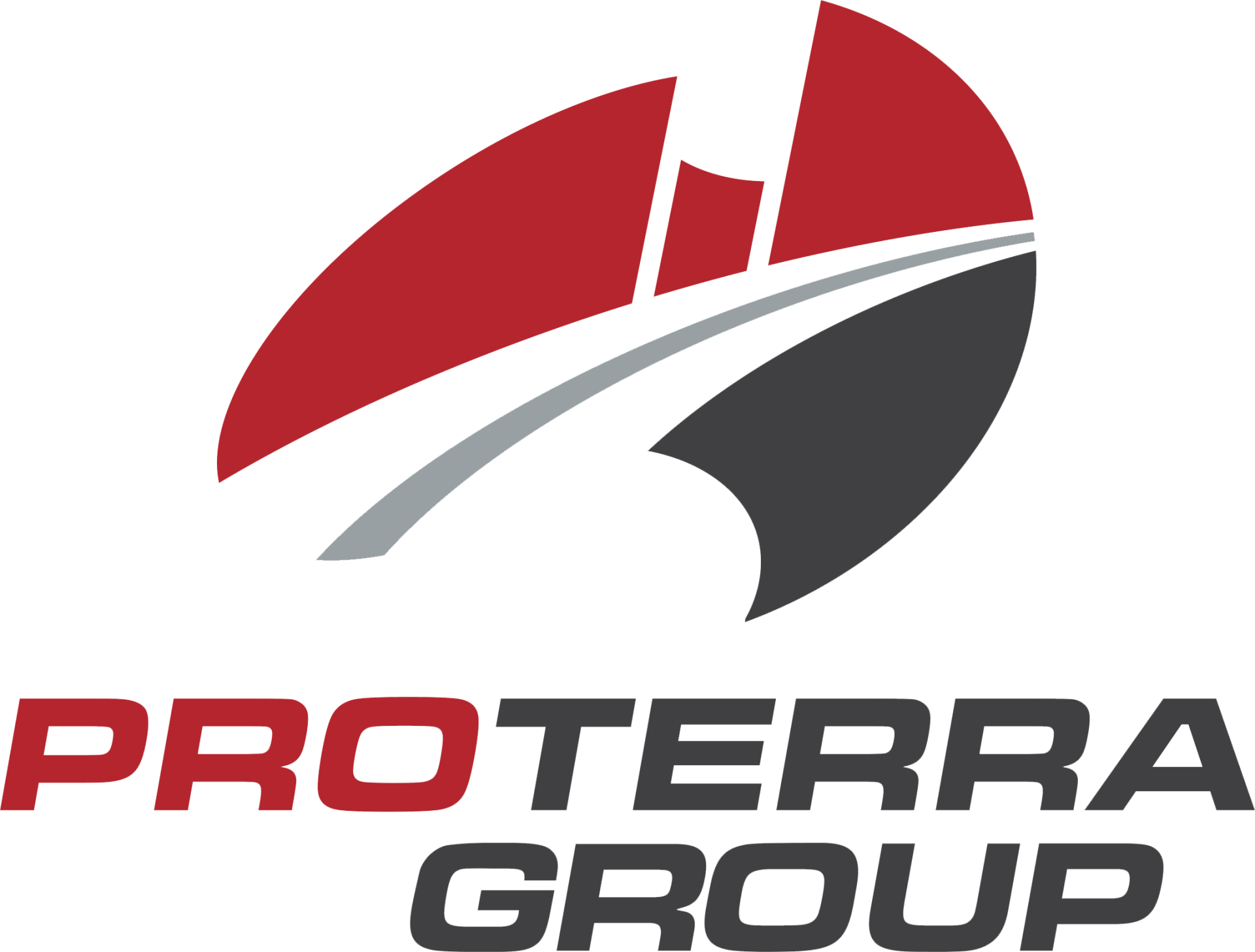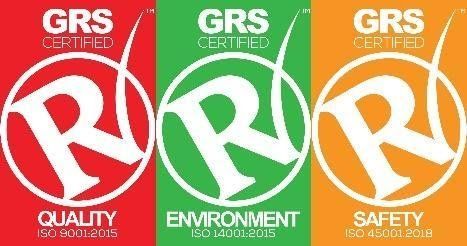Client Name
Value
Service
Duration
Condition assessment ratings for structural and serviceability aspects were assigned for each asset throughout the programs, with the IPWEA Practice Note 5 – Stormwater Drainage guideline being used for Quickview inspections of the rural cross drainage networks. For the urban network being inspected by the CCTV technique, the WSA05 – Conduit Inspection Reporting Code of Australia was utilised. Photos of pits/structures and videos of pipes were captured and recorded for each applicable asset showing in high detail all defects and conditions. All asset attribute data was captured utilising ESRI Fieldmaps with site-based tablets along with attaching all photos and videos to ensure all data is presented and collected to the one source.
Client Contact
Local Buy Contract
The Quickview AirHD inspection method was utilised for the Cross Drainage (Culvert) assets to allow for the inspection program to be carried out in an expedited timeframe and within a small budget whilst still allowing a vast sample of the network to be captured. This technique allows our Field Officers to quickly mobilise with minimal equipment with productivity essentially being double that of CCTV with cost potentially reduced by half. Additionally, asset accessibility is significantly higher than CCTV due to fewer factors causing survey abandonment. Based on this, the Quickview camera system is most suited for cross-drainage assets.
For the urban stormwater network, the iPek Rovion CCTV inspection system has been utilised to allow for the capture of high-detail defects and the condition status of the pipe network. The embedded inspection codes, which are in accordance with the latest WSA05 Standard, make it easy to collect detailed inspection data, and present and organise the data into clear and detailed PDF reports which allows a greater understanding of the pipe's structural and service condition.
The use of both techniques for these projects allows the most cost-effective method of carrying out the work whilst capturing the level of data most appropriate to the asset class.
Additionally, up-to-date condition data allows TRC to accurately update their capital works programs for their yearly budgets and increases the accuracy of valuations. The annualised programs that have been carried out over the last 6 years have required a very good client-contractor relationship to be maintained and project objectives achieved throughout each project/year. To date, Proterra Group have carried out inspections on approximately 220km of pipelines and approximately 20,000 nodes.
Proterra Group's customised Client Dashboard was utilised throughout this project allowing Council many benefits such as viewing inspection data and videos/photos in real time which allows Council to assess the condition of the network immediately and also assist with project programming and identifying additional assets to inspect if required. It also allowed both Council and Proterra Group to undertake project management tasks much quicker such as project progress and cost control.



